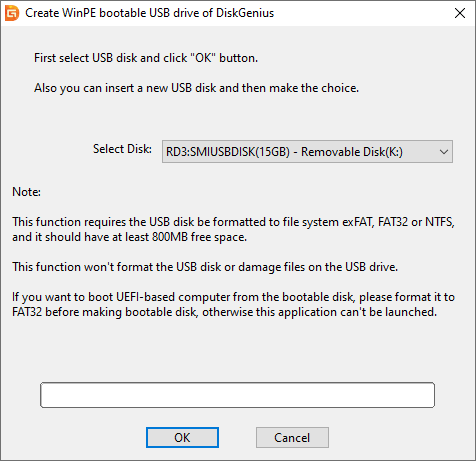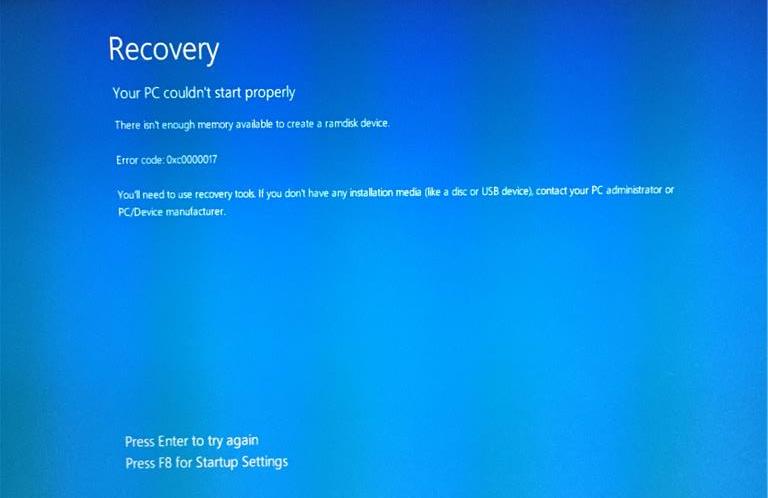
The simple fact that this is a command line tool will be enough to put many people off, and it is certainly fair to say that it is not going to be top everyone's tastes. While not necessarily entirely intuitive, Windows File Recovery is relatively simple to use, and there is an advanced mode that gives access to additional option for more seasoned users. You can opt to search for any recoverable data on a given drive, or you can use command line parameters to home in on specific file types, or files that match various criteria. Windows File Recovery gives you a lot of a flexibility when it comes to the approach you take to data recovery. There is support for NTFS, FAT, exFAT and ReFS file systems, so you can use Windows File Recovery to get back files lost under various operating systems. The utility can be used on traditional mechanical hard drives as well as SSDs, memory cards and USB drives. This may be off-putting to some people, but for anyone who is willing to stick with the text-driven interface, this is a powerful utility that could help you to get back files you thought you had lost forever. Windows File Recovery does very much what you would expect from the name, with the exception that it is a command line tool rather than a Windows app. So the appearance of a data recovery tool from a trusted name like Microsoft is something that many people will welcome. And if you want to stick to tools that come from reputable names, your pool of choices shrinks even further. There are no end of data recovery tools on the market, but when it comes to free app, the number of options shrinks dramatically.


Using the right tool, you stand a very good chance of getting back your data. But just because you have deleted a file – or even if you have formatted a partition or suffered a drive failure – it does not mean that all is lost. If you don't have a backup in place, the realisation that a file you need is missing is extremely distressing.

Losing files can be a heart-stopping moment.


 0 kommentar(er)
0 kommentar(er)
